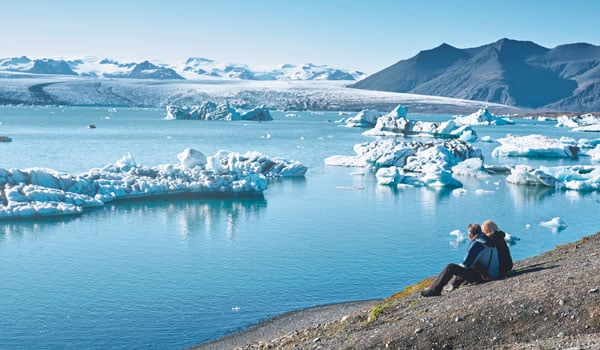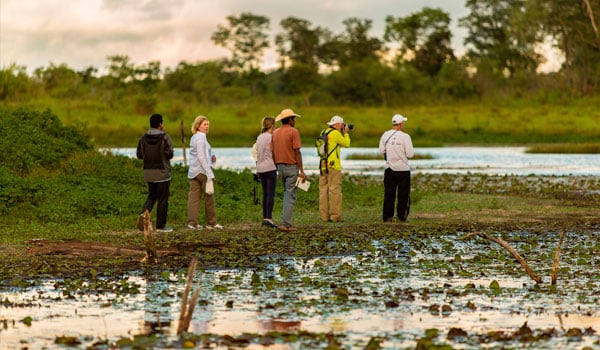Principles in Practice: Making Your Travel Program More Sustainable
It’s practically universal: those who want to explore the world are often the ones who also want to leave it better than they found it.
But travel is tricky, when it comes to the planet. Yes, travel has the power to educate and inspire and transform – but it also has the power to degrade the earth’s resources. Building a sustainable tourism model for your organization can be challenging, because by definition, its existence is predicated on a dissonance of values.
So in the face of that, how do you, a travel planner, incorporate sustainability into your business practice? Moreover, how do you shape sustainability messaging to your clients in a meaningful, honest way?

Adopting best practices for sustainability
Thankfully, when it comes to sustainable travel, you’re not the first to blaze the trail. There are numerous organizations dedicated to research and recommendations for sustainable tourism, and these resources are a valuable place to start.
The Center for Responsible Tourism (CREST) and the Global Sustainable Tourism Council (GSTC) both offer best practices and performance indicators for travel operators and tourists alike. Review these guidelines, and determine which are both valuable and feasible to incorporate into your operation.
Here are a few examples adapted from the GSTC guidelines, encompassing both environmental and community-based ethics:
-
Select providers that hire local employees, and actively support initiatives for local community development.
-
Provide genuine interaction with and respect for local culture and heritage.
-
Equipment and practices minimize energy use and water consumption.
-
Restrict direct interactions with wildlife, unless sanctioned.

Communicating sustainability to your travelers
Think of your travelers as partners in your commitment to sustainable practices. Like any global initiative, sustainability depends on its community of participants acting on these principles together. Let your travelers know the ways that they can participate in sustainable travel on an individual level. For example:
-
Take a reusable water bottle with you
-
Never buy products made from endangered animals or plants
-
Follow tipping guidelines for the destination
-
Respect wildlife’s need for safe distance
-
Return maps and other tourist info for reuse
But it’s also vital to communicate the sustainability initiatives you’ve undertaken at an organizational level. One traveler’s choices are not as impacting as the choices made by those “up the ladder” – organizations, companies, governments, etc. Your selections in destinations, activities, operators, and vendors have a trickle-down effect, and inform the individual choices your travelers are able to make.

Incorporating sustainability as part of your brand
Once you’ve walked the walk, it’s time to talk the talk. Sustainability is an increasing differentiator for consumer choice, and it’s easy to interpret this rise as a simple marketing trend. But sustainability should be neither a trend nor marketing ploy.
“Branding” can often feel like “bragging.” So, when you talk about sustainable values, it’s best to frame sustainability as a responsibility to the peoples and environments affected by your international tourist presence. Be honest and specific about the measures you’ve taken to minimize negative impact and contribute positively to the communities you visit.
Additionally, it’s important to recognize that the work of sustainability is never complete. There’s no finish line to cross, and that knowledge can feel daunting – especially when even simple, seemingly unavoidable actions create waste and consume non-renewable resources.
The curse is also a blessing: there are always improved ways to operate sustainably. Adopting sustainable business practices requires thoughtful consideration in accordance with company goals, financial feasibility, and systemic limitations in place by those “up the ladder” from you. All of those factors can create complications.
But in gratitude to the amazing planet that travel planners and providers are privileged to share with their travelers, sustainability is work that’s worth doing. The goal is not perfection – it’s practice.


